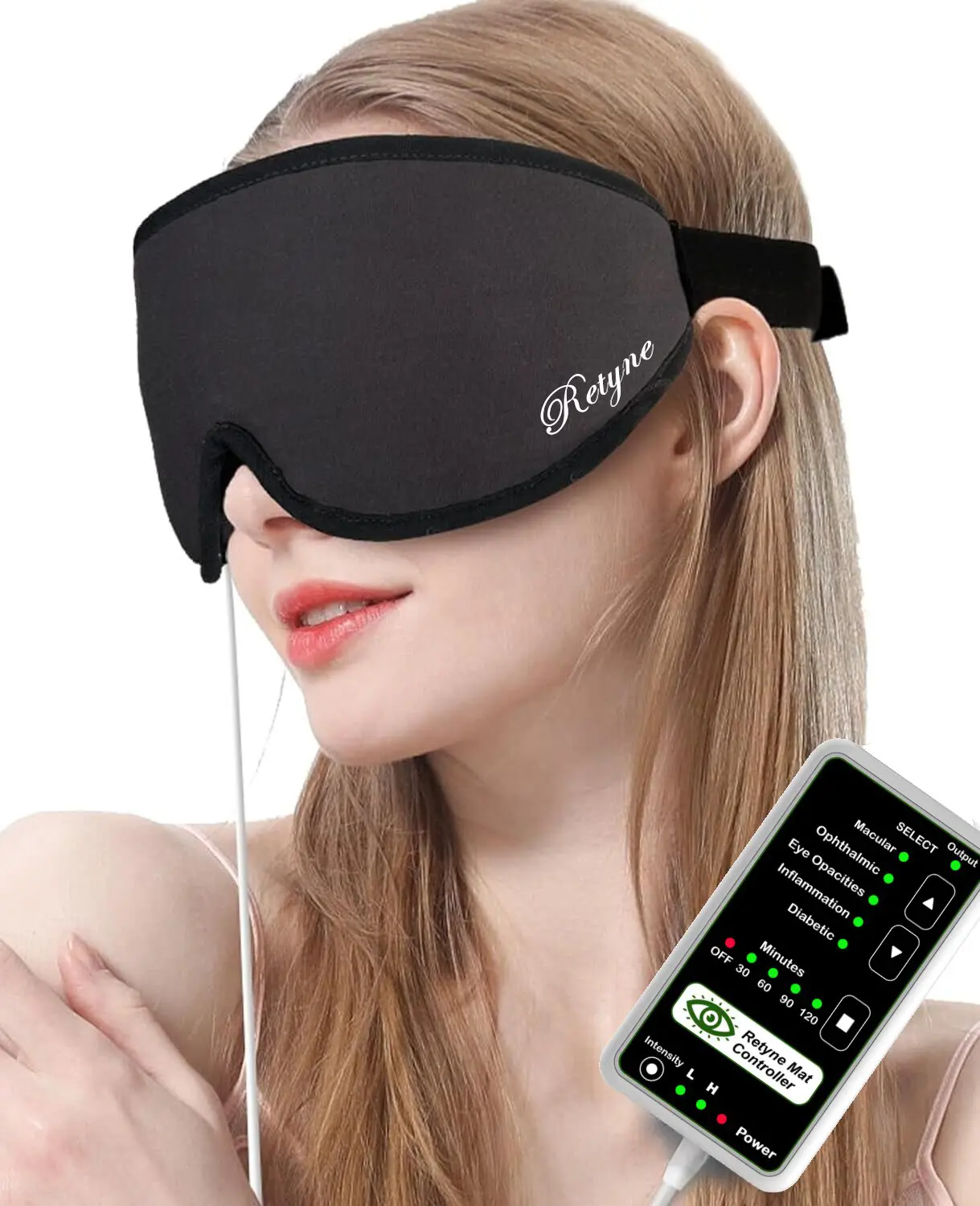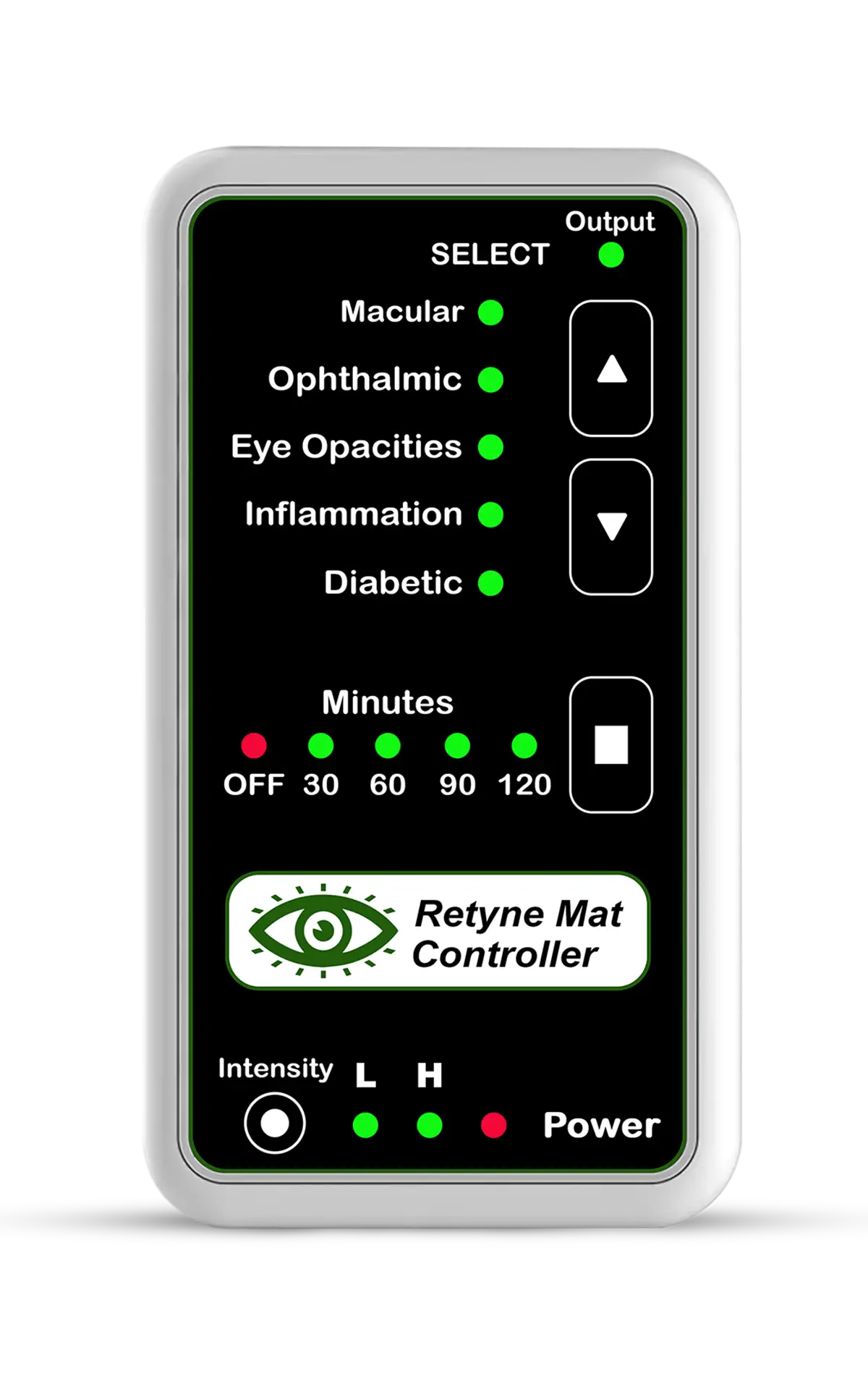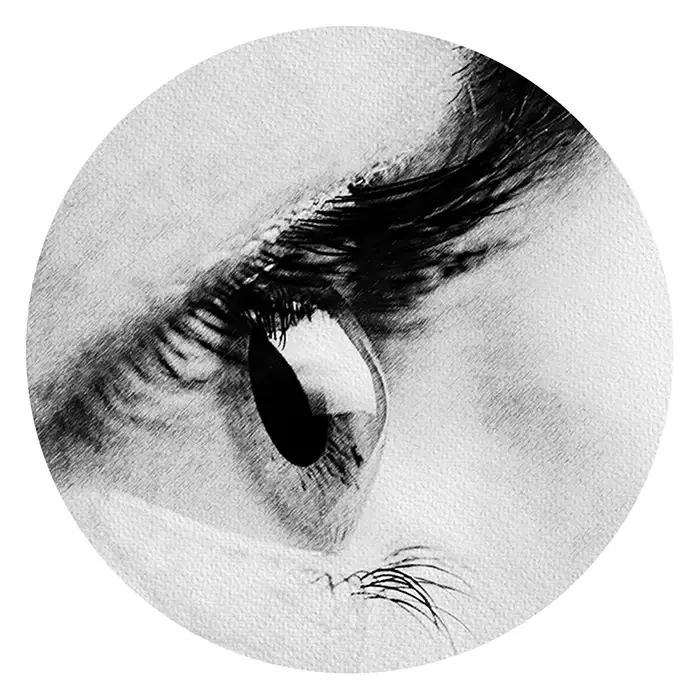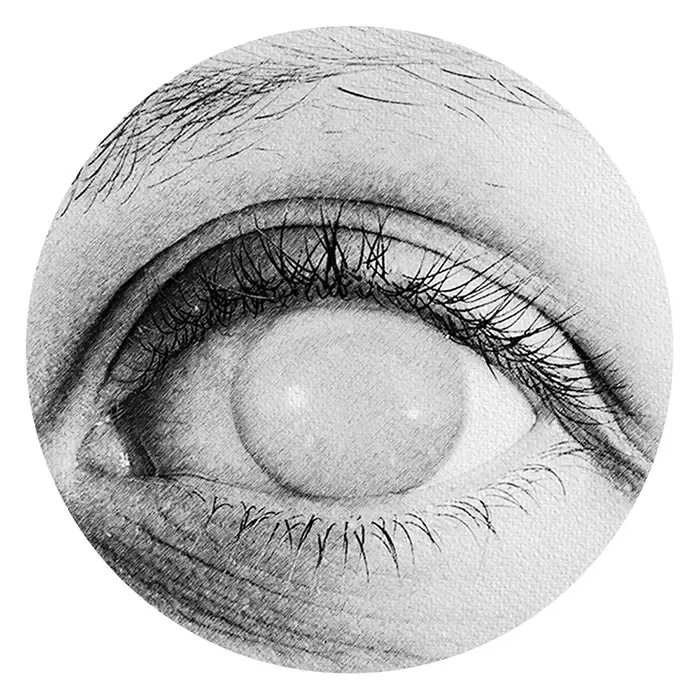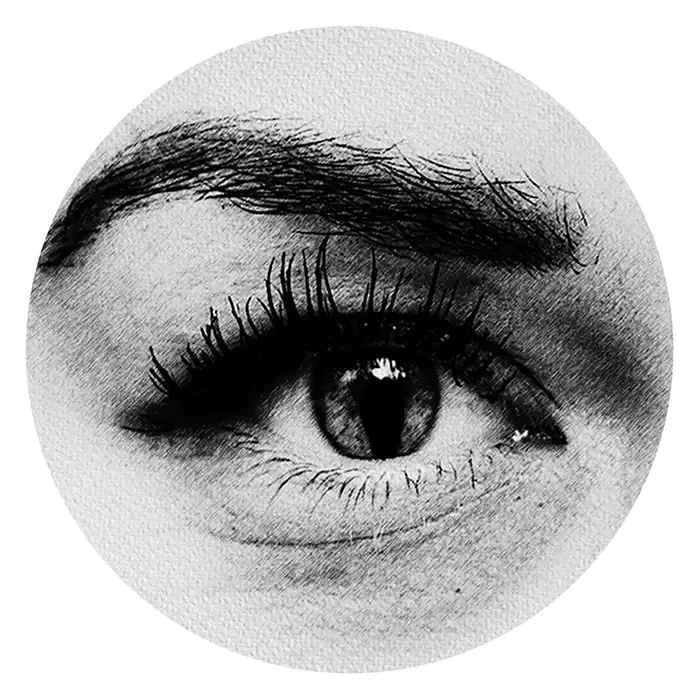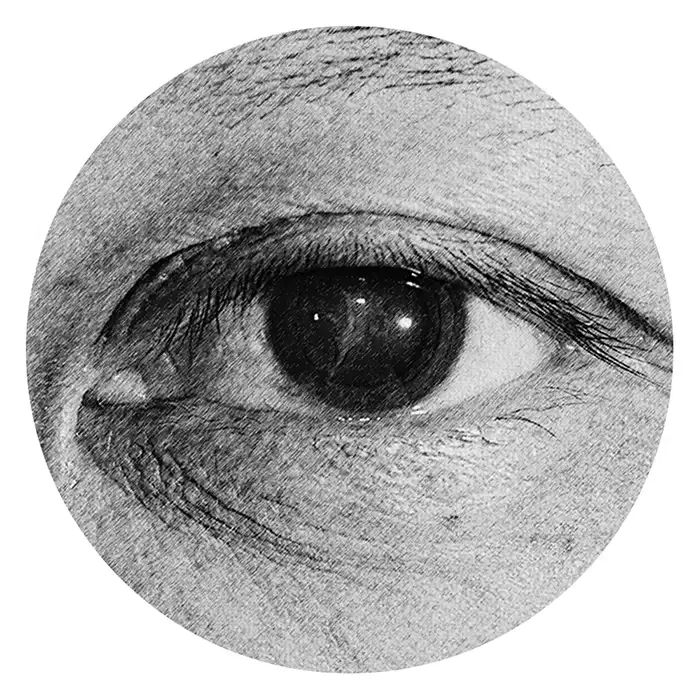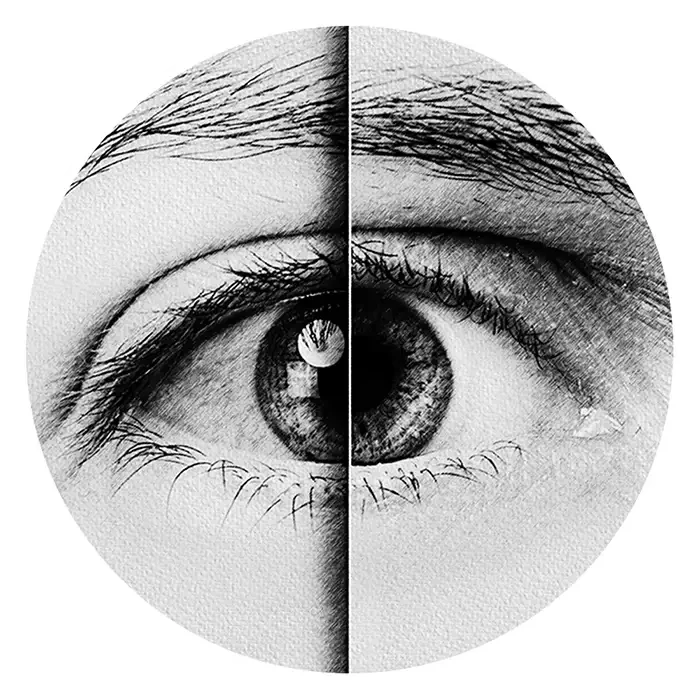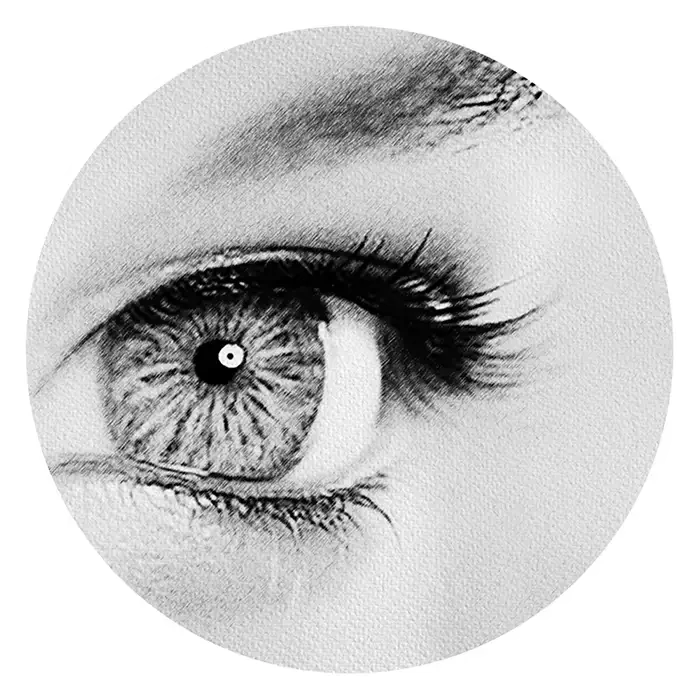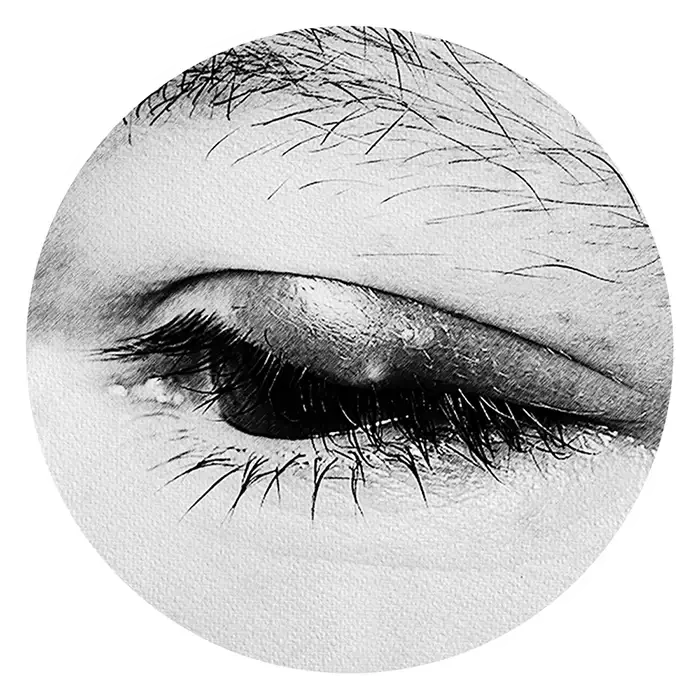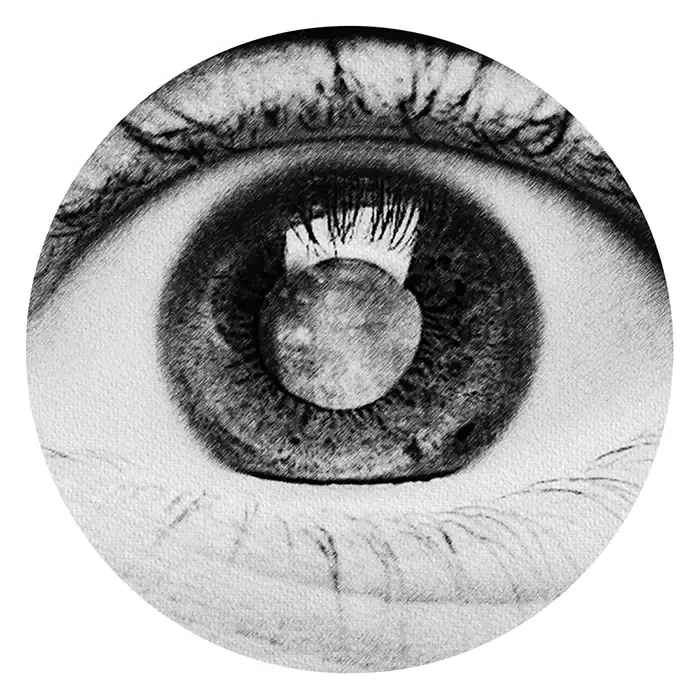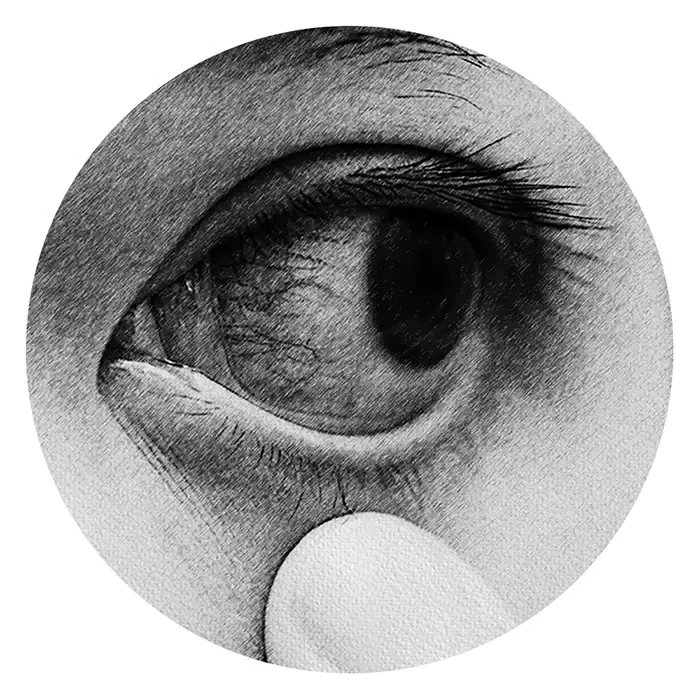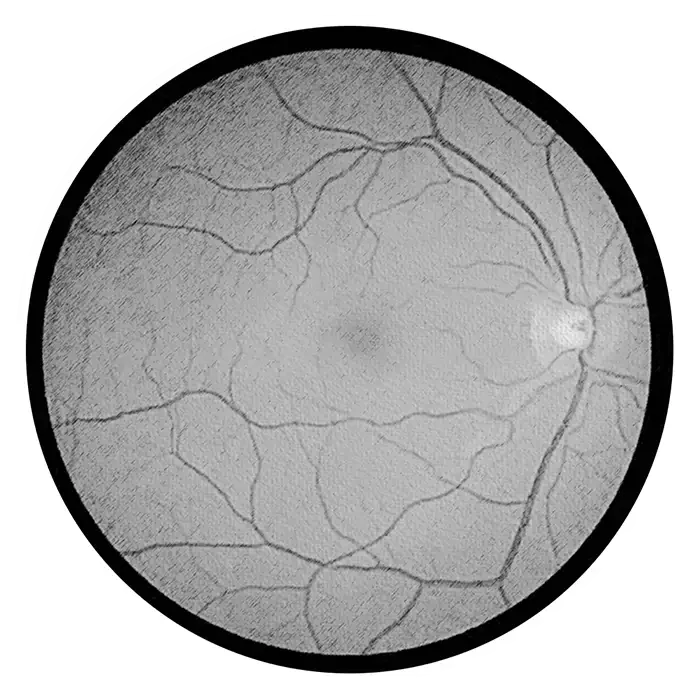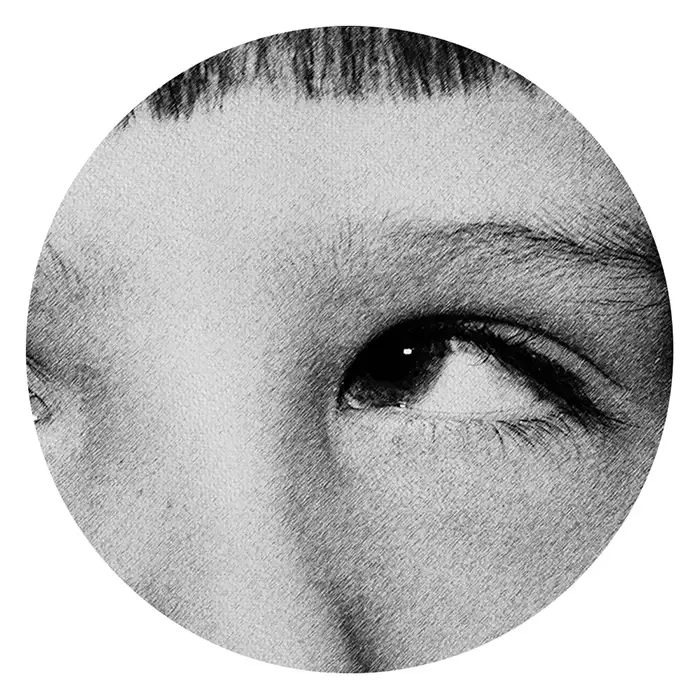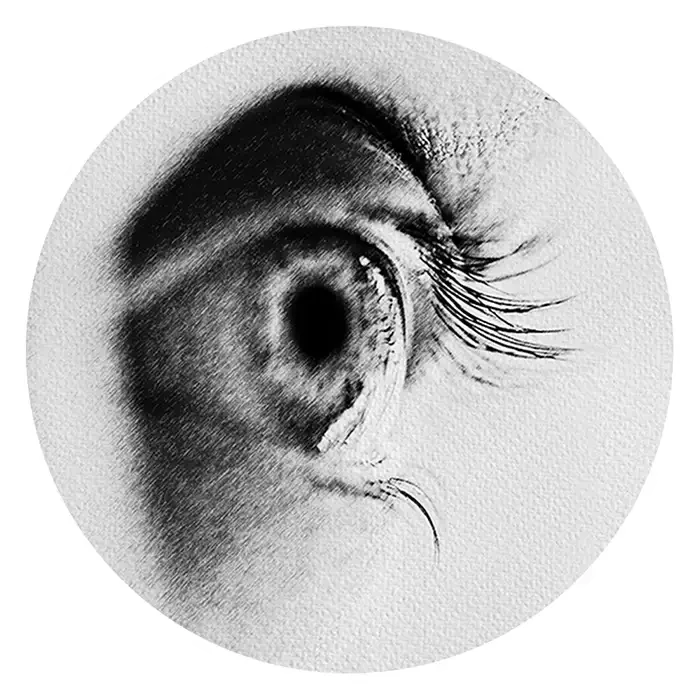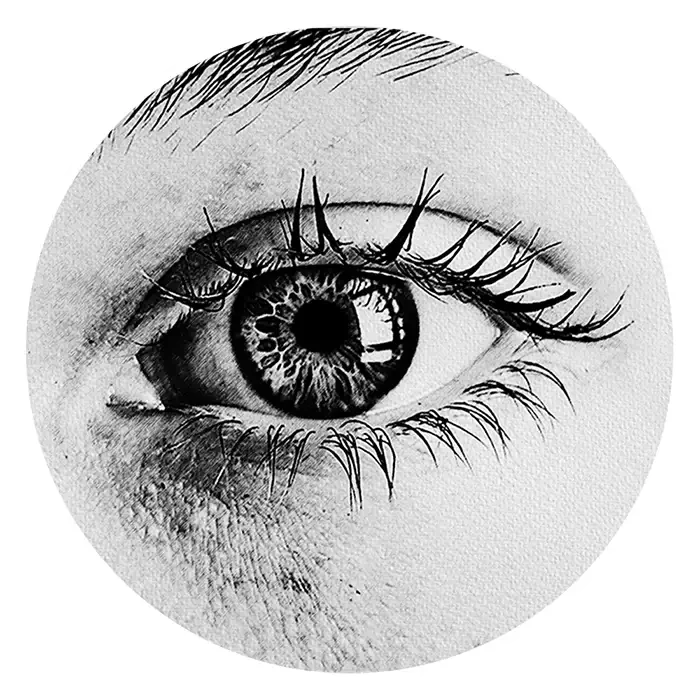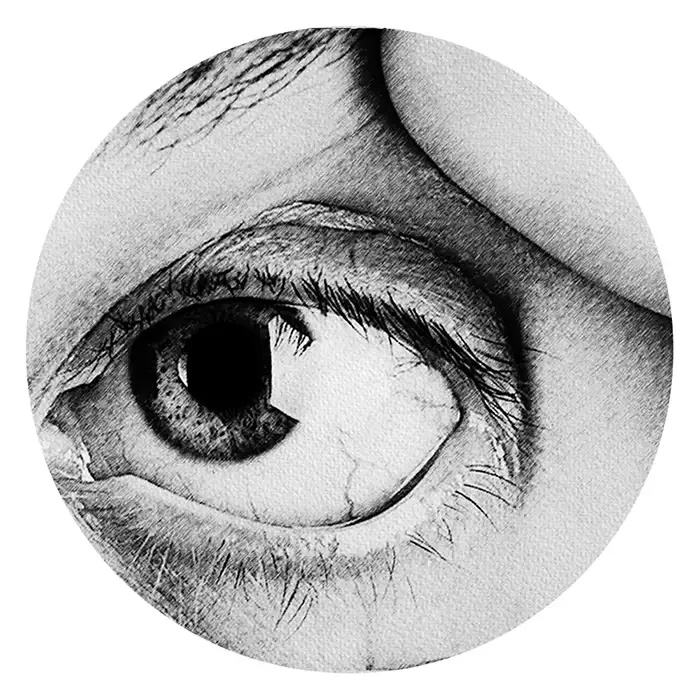Understanding Ophthalmoplegia: A Comprehensive Overview
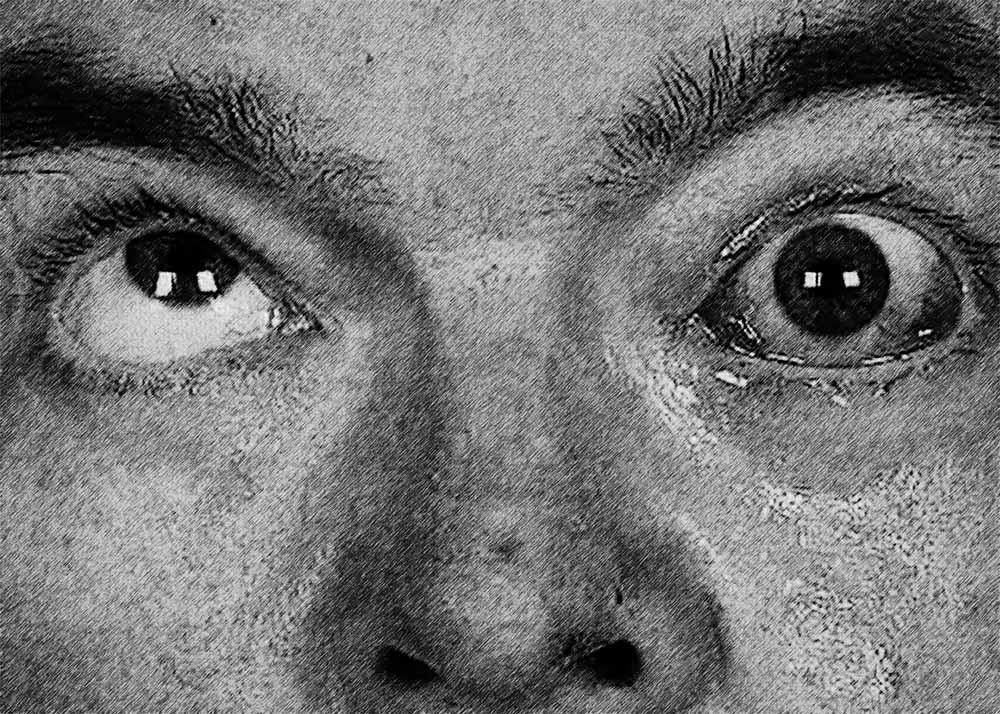
Ophthalmoplegia is a condition characterized by paralysis or weakness of one or more of the muscles responsible for eye movement, resulting in impaired or limited movement of the eyes. This condition can manifest in various forms, each with its own distinct causes and clinical presentations.
Types of Ophthalmoplegia:
External Ophthalmoplegia: External ophthalmoplegia refers to paralysis or weakness of the extraocular muscles responsible for moving the eyes in different directions. This type of ophthalmoplegia can affect horizontal, vertical, or rotational eye movements and may be caused by neuromuscular disorders, such as myasthenia gravis or muscular dystrophy.
Internuclear Ophthalmoplegia (INO): Internuclear ophthalmoplegia is characterized by impaired horizontal eye movement due to damage or dysfunction of the medial longitudinal fasciculus (MLF) in the brainstem. This condition typically presents with impaired adduction of one eye and nystagmus in the contralateral eye during horizontal gaze.
Diagnosis and Management:
Diagnosing ophthalmoplegia involves a thorough clinical evaluation, including a detailed medical history, physical examination, and assessment of eye movements using techniques such as the cover-uncover test and the six cardinal positions of gaze. Additional tests, such as imaging studies (MRI or CT scan) and blood tests, may be performed to identify underlying causes such as nerve compression, inflammation, or systemic disorders. Management of ophthalmoplegia depends on the underlying cause and may include supportive measures, physical therapy, medication, or surgical interventions.
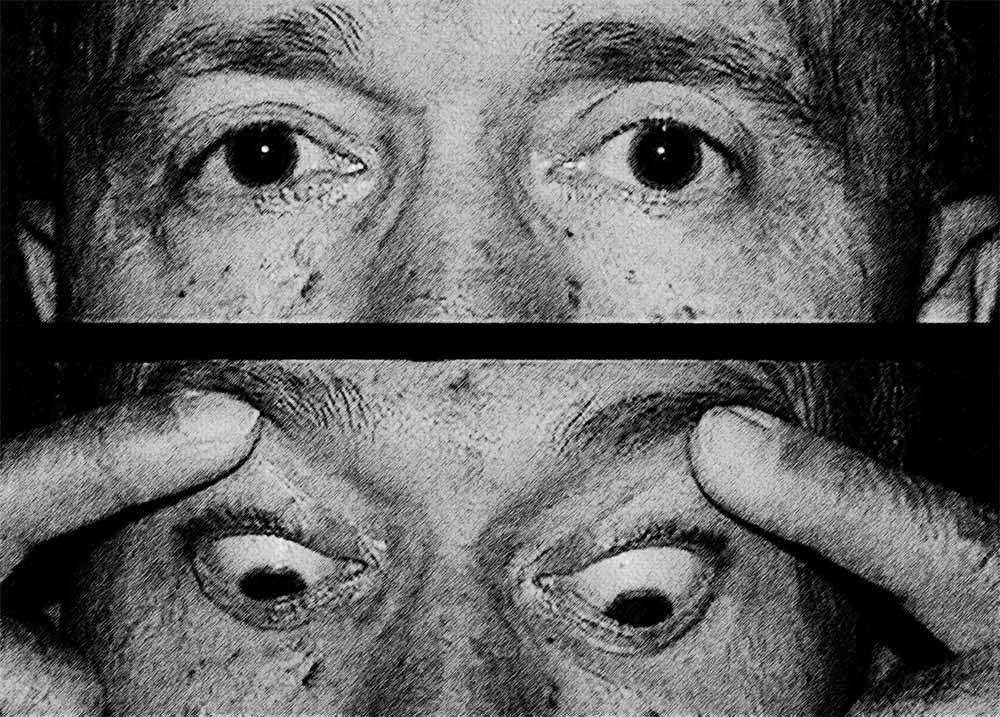
Treatment with Retyne Infrared Eye Treatment Mask:
The Retyne Infrared Eye Treatment Mask offers a novel therapeutic approach for individuals with ophthalmoplegia, particularly through Program #4 on the Retyne controller. This program utilizes invisible infrared light therapy to stimulate muscle function, improve neuromuscular connectivity, and enhance blood circulation to the affected eye muscles. By targeting the underlying muscle weakness and neurological dysfunction associated with ophthalmoplegia, the Retyne mask can help restore normal eye movement and function, thereby improving visual outcomes and quality of life for affected individuals.
Ophthalmoplegia encompasses a range of conditions characterized by paralysis or weakness of the muscles responsible for eye movement. While diagnosis and management strategies may vary depending on the underlying cause and clinical presentation, the Retyne Infrared Eye Treatment Mask offers a promising therapeutic option for individuals with ophthalmoplegia. Through its innovative use of invisible infrared light therapy, the Retyne mask provides a non-invasive and effective means of improving muscle function, enhancing neuromuscular connectivity, and restoring normal eye movement, ultimately leading to improved visual function and overall well-being.
The Retyne eye treatment mask harnesses a general selection of frequencies (0.06, 0.5, 0.87, 12.85, 27.5, 141, 301.23, 453.02, 783.4, 825.03), meticulously tailored to target the symptoms associated with Ophthalmoplegia. These frequencies are carefully chosen for their documented effectiveness in managing and treating this visual condition. Retyne's innovative approach involves the conversion of each frequency into invisible infrared light output, representing a groundbreaking fusion of frequencies with light—a pioneering technology pioneered by Retyne Labs.
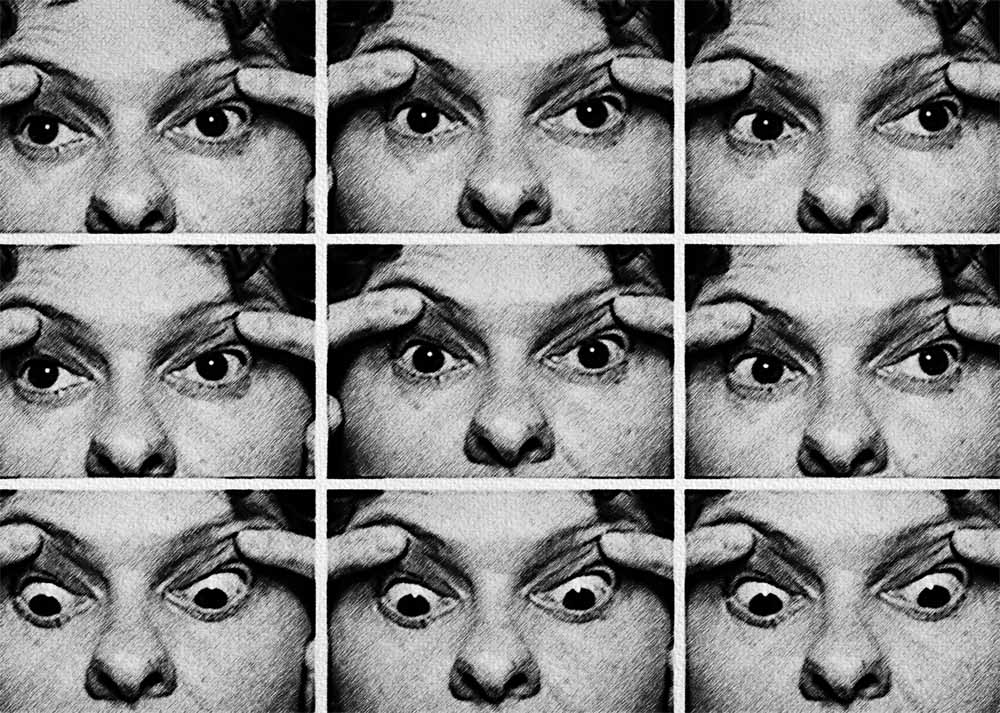
Furthermore, individuals utilizing advanced hardware such as the RDPV4 can access a secondary set of specific frequencies tailored for Ophthalmoplegia: (0.07, 0.37, 12.74, 47.5, 97.7, 225.75, 377.9, 519.34, 691.27, 753.07). The RDPV4 presents an extended range of frequencies, calibrated to deliver enhanced precision in addressing Ophthalmoplegia. By integrating this supplementary set of frequencies, the RDPV4 enhances the potential therapeutic advantages of the Retyne eye Treatment Mask, catering to individuals seeking advanced solutions for their visual health requirements.
Drawing inspiration from the pioneering research of Dr. Rife, who discovered the therapeutic potential of precise frequencies and harnessed light for their propagation, Retyne's methodology embraces contemporary insights into invisible infrared technology. By leveraging current advancements and building upon historical investigations into frequency-based light transmission, Retyne has developed the innovative Retyne Eye Treatment Mask. This cutting-edge device represents the synthesis of modern breakthroughs in visual healthcare, offering a comprehensive solution rooted in both tradition and progress.
Ophthalmoplegia general group exists at program 1234: 0.06, 0.5, 0.87, 12.85, 27.5, 141, 301.23, 453.02, 783.4, 825.03
Ophthalmoplegia specific group exists at program 2400: 0.07, 0.37, 12.74, 47.5, 97.7, 225.75, 377.9, 519.34, 691.27, 753.07
Compatibility
Standalone controller (Program #4) (Controller shipped with Retyne Eye Treatment Mask)
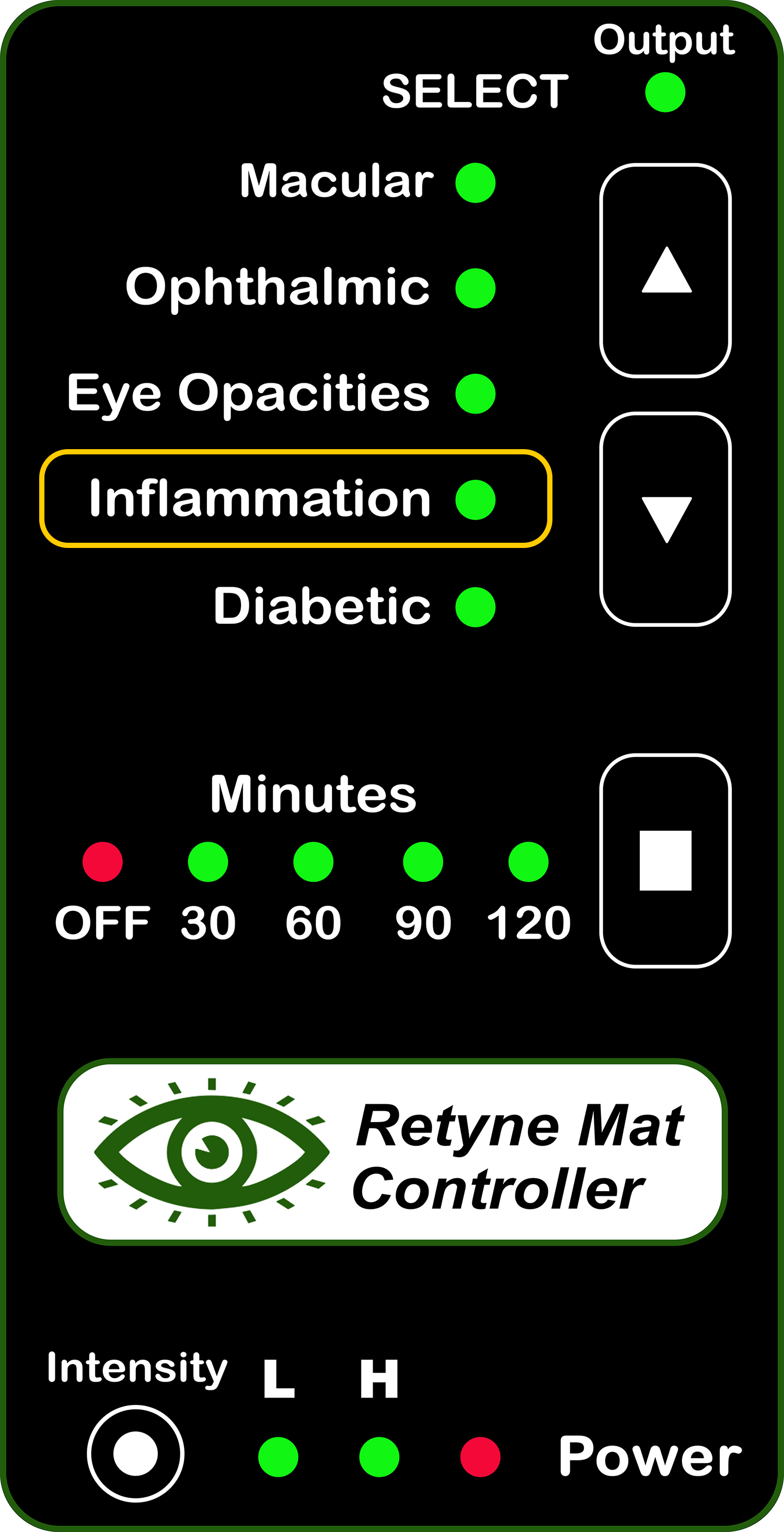
RDPV4 (Direct connect, use group 2400)
RDPV4 Light Mask Program button 4
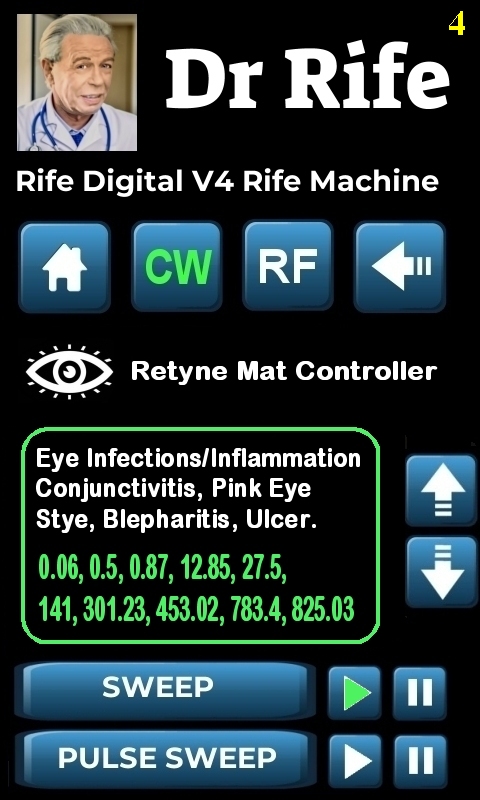
Click here for instructions on using the Retyne Mask + Controller
